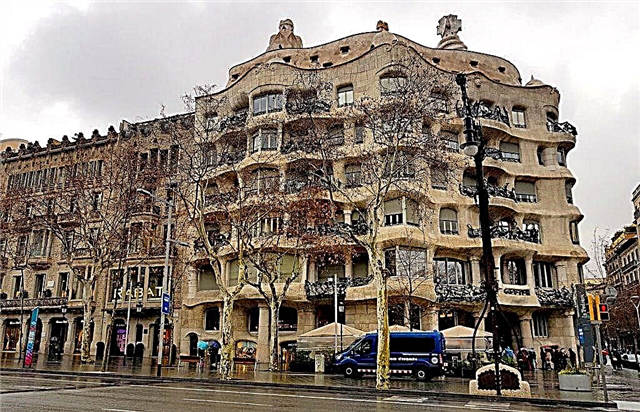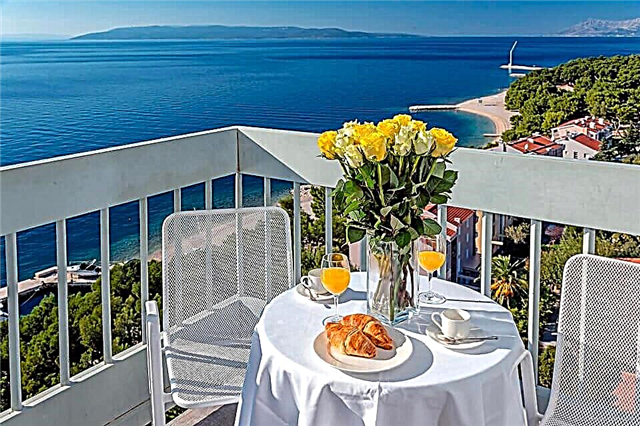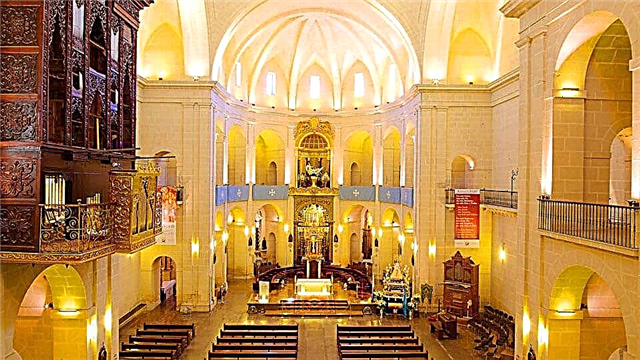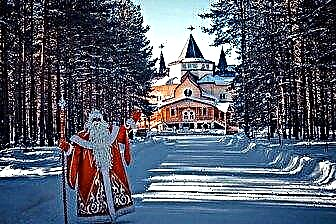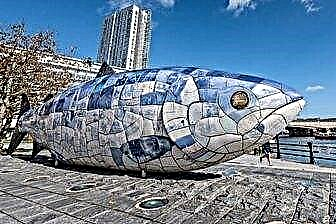On the Volga coast, on the border of the Republic of Mari El and the Nizhny Novgorod region, in the village of Yurino, an ancient castle rises, which once belonged to the Sheremetev family.
Short story
In fact, this building with a suite of rooms and a winter garden covered with a glass dome looks more like a palace than a castle. But the quadrangular turret in the neo-Gothic style and the crenellated fortress walls served as what the people call the Sheremetev estate "the castle".

South facade of the building
300 years ago, during the reign of Peter I, the village of Yurino was called Arkhangelsk and was in the possession of the famous general Golovin. The anchor placed on a pedestal in front of the castle by Golovin himself reminds of those times. Later c. Arkhangelskoye became the property of the Ural factory owner Nikita Demidov, and his heir son Nikolai, not wanting to live in the wilderness, sold the estate to the chamberlain Alexander Zherebtsov.

North facade of the building
Only in 1812, the village was bought by V.S.Sheremetev, the grand-nephew of Count Sheremetev, field marshal Peter I, paying 350 thousand rubles for the Yurinsk land in banknotes... The settlement in the wilderness did not in vain attracted the attention of the landowner: in the forests, the serfs of Sheremetev harvested wood, drove tar, etc., and all these products were sent to the Nizhny Novgorod market, bringing large profits.

View of the western part of the castle
The construction of the stone castle, or "new house", began by Vasily Petrovich Sheremetev, the grandson of Vasily Sergeevich. It was unprecedented even for Russia long-term construction: the castle was built by three generations of Sheremetevs. Seven architects catered to the tastes of fastidious customers who wanted to combine Gothic, Baroque and Oriental styles in their palace. For the improvement of the estate, they ordered antique furniture and Sevres porcelain from France, statues and marble were brought from Italy, amphorae for plants - from Greece.

The main entrance to the castle
Fortress walls were erected around the palace. The Sheremetevs' estate occupied up to 60 hectares of fertile land with a magnificent park, in the lower part of which there were greenhouses, ponds, enclosures for wild animals.
The German company Siemens - Halske installed water supply and sewerage systems, electrified the estate, and by the end of the Russo-Japanese War established a telephone connection between the estate and forest cordons.
The interiors of the Sheremetev castle

Main staircase
The walls of the Sheremetev castle are faced with red and black bricks, against which white-stone details - cornices, platbands, balcony balusters - look especially impressive. Interfloor ceilings are made of stone and coniferous wood. In Sheremetev's times, the spiral staircase leading to the winter garden was framed by ancient Greek amphorae with rare plants, and in the center of the garden, up to the very top of the glass dome, a royal palm tree grew. By the beginning of the 20th century, there were about 100 rooms in the Sheremetev castle. So, the "Skobelevsky Hall" housed the richest collection of weapons from different eras.

Skobelevsky cabinet
This hall is named in honor of the famous commander Skobelev, who was the brother of Olga Dmitrievna Skobeleva, the wife of P.V. Sheremetev. The "Oriental Study", decorated in the Asian-Persian style, was decorated with malachite columns, painted shades and ceramic lattices on the windows. As the name suggests, in the Oak Room, the doorposts and ceiling were made of oak. Currently (2011), restoration is proceeding extremely slowly due to a lack of financial resources, so most of the halls are in a state of ruin. Part of the castle was given over to a hotel. The expensive rooms are located in the former smoking room and library, while the economical accommodation means staying in the servants' rooms.

Fireplace Hall
Legends and ghosts of the Sheremetev castle
As befits an old castle, the Sheremetev estate is steeped in legends. According to legend, a ghost wanders the halls in the form of a serf girl Palasha. Count V. Sheremetev, who was losing his reputation as a tyrant and libertine, was in charge of the private life of his serfs. Often, a woman who liked the master was taken directly from the wedding to his estate. The Broadsword girl denied Sheremetev the right to the wedding night, hitting him on the head with a candlestick. For disobedience to the master Broadsword, they walled up alive in the basement of the castle. Local guides say that during the reconstruction of the basement, human remains were indeed discovered.

Picture gallery
Sometimes the ghost of V. Sheremetev himself descends from the "Oak Room" to the guests... And the old-timers also assure that the Counts Sheremetevs hid their treasures in the castle, but the treasure has not been found so far.
Attraction rating:



